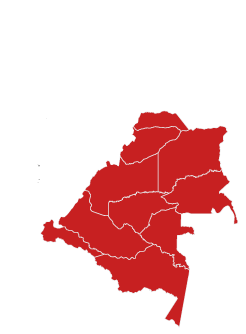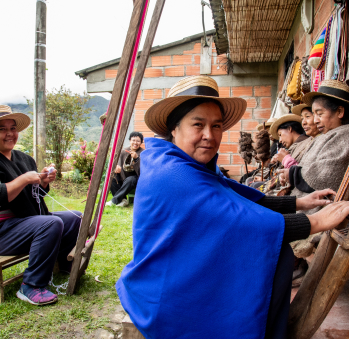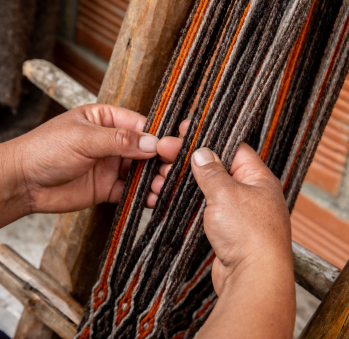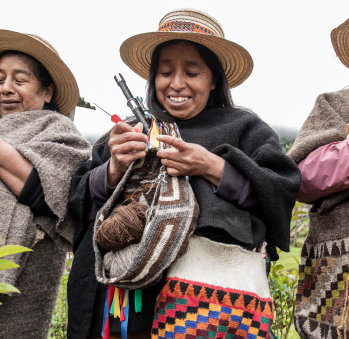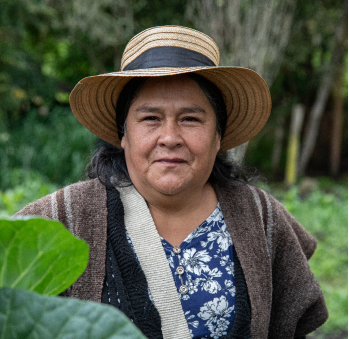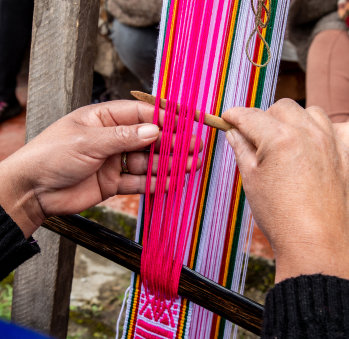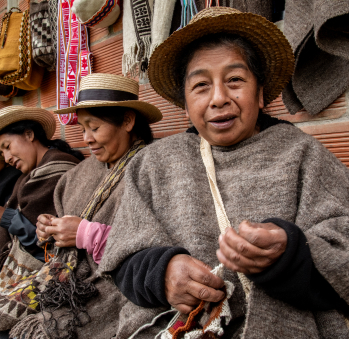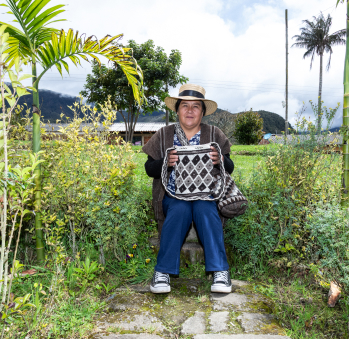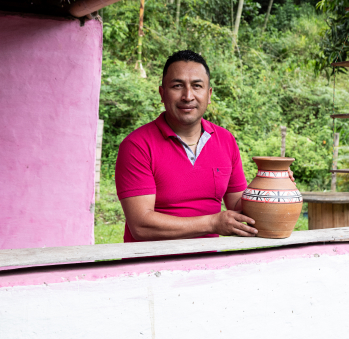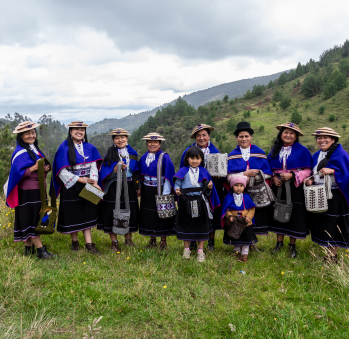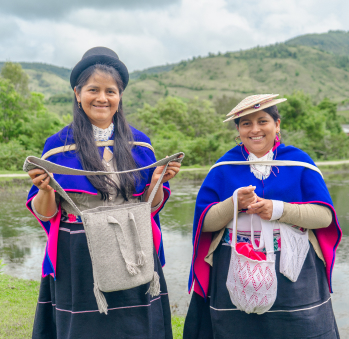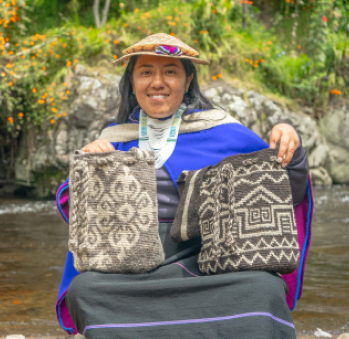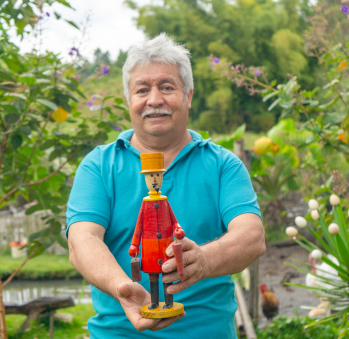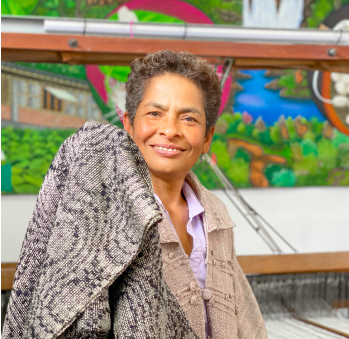Diva Eufemia Perdomo Mulcué
Workshop: Nasaumna
Craft: Weaving
Trail: Popayán-Páez Route
Location: Páez, Cauca
SCHEDULE YOUR VISIT
Resguardo indígena de Mosoco, Paez, grupo Artesanías Nasaumna
3148763479
Diva Eufemia says she learned everything from her grandmother Angelina and her mother Enelia—and they must have done a remarkable job, because in 1990 she became the first Nasa woman in Cauca to be entrusted with the staff of authority, the highest emblem of her community. It was an honor that opened the door for future generations of women to voice opinions, offer counsel, and give orders within their territory. Even so, she recalls that at just 17 years old she felt weak, accepting the responsibility with caution and a bit of fear. But she did it well—very well—and that leadership spirit still guides her today. Since 2015, she has led a collective of 12 women artisans from different generations: her 85-year-old mother among them, as well as young women in their twenties who are discovering their love for weaving.
When Diva tells her story, she reaches far back into her early childhood, watching the women in her home card sheep’s wool, spin it, and weave the garments that clothed the family. With a playful smile, she recalls how much she loved watching her grandmother weave—and how, whenever her grandmother got distracted, she’d sneak over and “mess up the weaving,” undoing it out of pure eagerness to learn. She also remembers the many sheep around her back then, whose wool—gray, brown, and white—provided the color palette for their traditional textiles. But in recent years, that abundance was threatened. A puma began to roam through Páez, as well as nearby towns like Totoró and Silvia, attacking the flocks and leaving behind their lifeless, blood-drained bodies. The sight was so devastating that herding began to disappear; now, only a few families keep their sheep very close to their homes.
Diva is a proud promoter of Nasa culture. Serving her community brings her joy—what they call “serving the authorities,” a one-year commitment to the cabildo, from December to December. It involves organizing community work, like repairing roads or planting maize and potatoes. With the staff in hand, she walks from house to house, summoning people to work or attend meetings. She also celebrates the implementation of the Indigenous Education System, in 2024, which reinforces the missions of the Regional Indigenous Council of Cauca. All efforts are geared toward making the daily life of their people one where language, tradition, and worldview are lived—not just remembered. That’s why Diva values her role as an artisan so deeply. She knows that clothing is a key expression of identity. A Nasa woman can be recognized from afar by their capisayo, pindo palm hat, and their essential cuetandera, the rhombus-patterned mochila that holds so much spiritual meaning.
Diva went through every step of the weaver’s apprenticeship: she started with the jigra made of fique to train her hands, then moved on to the cuetandera, rich with symbolism in every stitch, from the shoulder strap to the body of the bag. She also learned to make the capisayo, mulera, and ruana—the first two variations of ponchos, with the capisayo featuring a center opening. And no weaver’s path is complete without mastering the chumbe, the woven belt usually taught to young women when they’re expecting a child. It is the belt used to secure a baby to the mother’s body—and it is so important in Nasa life that it’s even used to wrap the body when it returns to the earth, having completed its cycle of life.
Today, Diva is full of joy. After so much work to preserve tradition, the harvest is finally coming in: Nasa university students are now graduating in their elegant wool capisayos, with cuetanderas across their shoulders and pindo palm hats as their crowns. It’s a powerful sign that the struggle for identity is alive and thriving—and that all her efforts have truly been worth it.
Craft
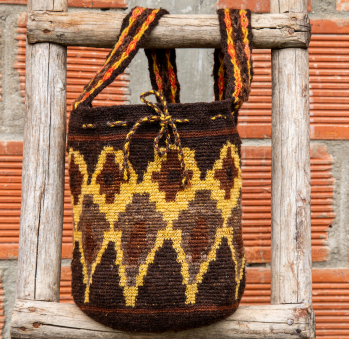

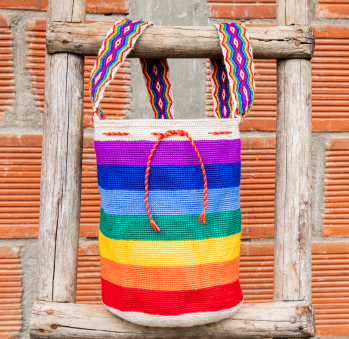
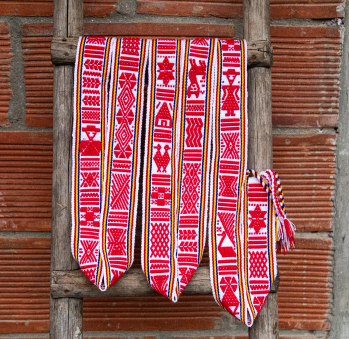
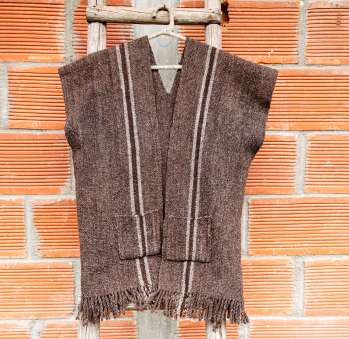

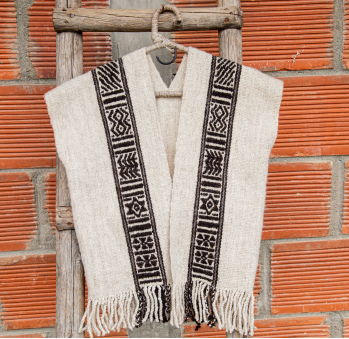
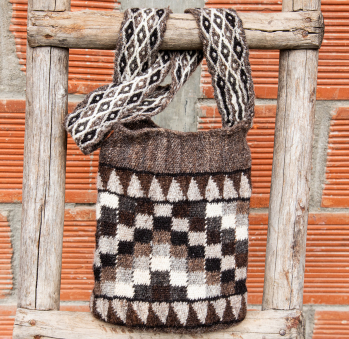
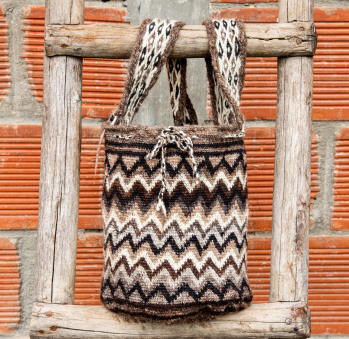









Artisans along the way
Artisans along the way
No puede copiar contenido de esta página

